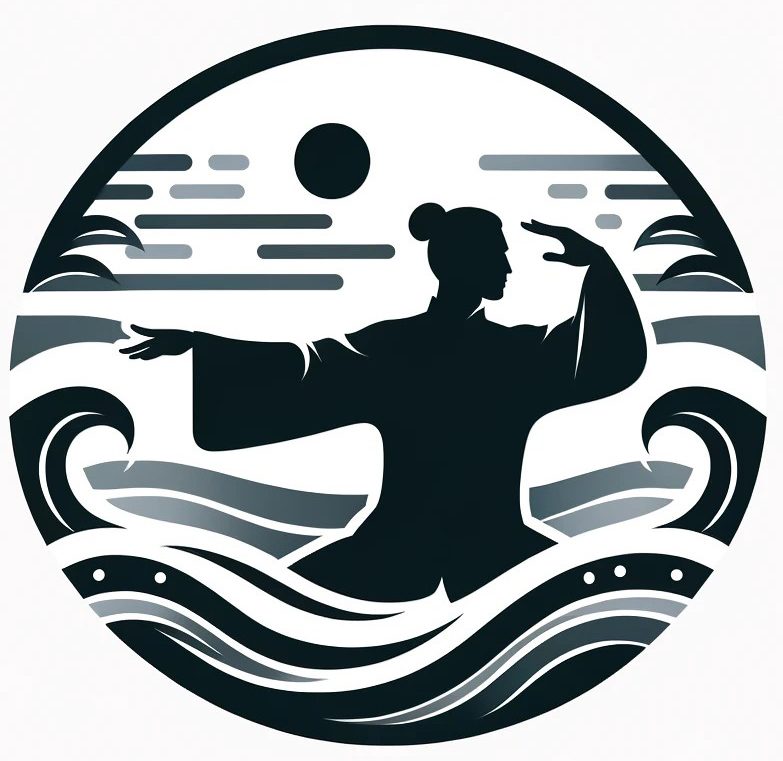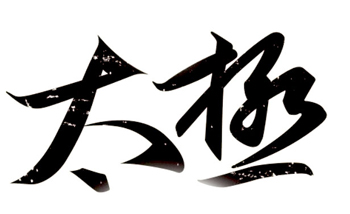The "Classic of Boxing" states, "Its root is in the feet, issued through the legs, directed by the waist, and expressed in the fingers." This indicates that the root is in the feet, with the axis in the waist. The waist being the axis shows that Tai Chi is a circular movement, and it's a three-dimensional spherical movement. The rolling of a sphere, where every contact point on the sphere can neutralize the opponent's force, leading the opponent into emptiness, and can strike the opponent, making it impossible for them to defend.
Those who practice Tai Chi have this experience, such as when lifting the cat step or splitting the leg, the contact point on the solid foot transitions from the little toe to the big toe, then to the inner side of the heel, and finally, when it lands on the outer side, the center of gravity is the most stable, and lifting the empty foot is the lightest. If the toes grip the ground fixedly without change, it will inevitably become rigid and lose balance. This is true for lifting the foot as well as for issuing force, practicing boxing, playing hands, and pushing hands techniques, all requiring the yin and yang movement of the soles of the feet. When the body is in motion, how can the center of gravity on the soles of the feet remain unchanged? Relaxed, resilient, with the skill of using minimal force to move a great weight, all require taking advantage of opportunities and situations, being agile and circular, to truly understand energy.

